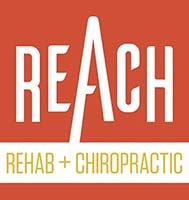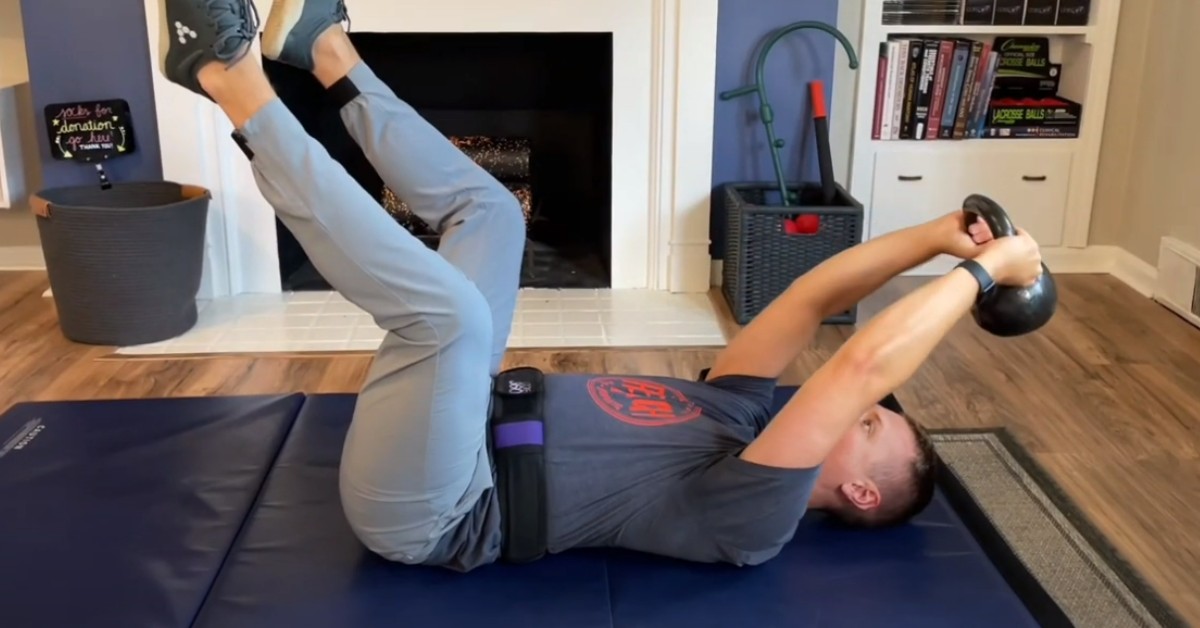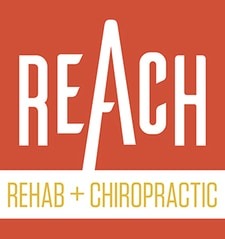The Role of the Core in Overcoming Low Back Pain
Many people who suffer from back pain ask, “why does it hurt to move or bend over?” Back pain can make everyday activities a significant challenge. While we often view such pain as an isolated back issue, we will soon explain why your core is key to overcoming low back pain.
The core includes the front abdominal muscles, internal and external obliques, transverse abdominis, back muscles known as the erector spinae and multifidi, and even the diaphragm (breathing muscle) and pelvic floor muscles. When All the core muscles are not working together in harmony, your body needs to utilize ligaments, spinal bones, and discs to stand and walk.
Relying on these passive structures to keep the body stable results in overstress which often leads to pain, meaning the strength and stability of your core can significantly affect how your back feels. You can overcome and eliminate low back pain by doing specific core exercises and utilizing simple positions to align, breathe, and control your core — we call the “Core ABCs“.
If you want to learn how to bulletproof your core using the Core ABCs concept, check out REACH Rehab + Chiropractic’s Core Strength and Stability online course.
How to Use Your Core the Right Way
Using your core the right way is not as basic as “engaging” your core. And do you even know what that means? Many don’t or think it’s just flexing your abs (it’s not).
Your core works by creating intra-abdominal pressure. Intra-abdominal pressure supports your spine during physical activity to ensure you don’t overwork your ligaments, spinal bones, and discs creating excessive stress on the lower back.
While some “core” exercises help tone the core muscles, they often isolate those muscles. But the core is the combination of muscles working together, much like a rock band plays their instruments together to make music. Strengthening core muscles in isolation, like doing crunches, doesn’t strengthen your core’s foundation or provide the stability necessary for overcoming low back pain.
Simple Positions to Activate the Core
Short exercises in simple yet specific positions can help engage and strengthen the core, which is vital in overcoming low back pain. These positions include:
- Bird Dog – While kneeling on all fours, extend one arm and the opposite leg straight out. Engage your abdomen and repeat on the other side.
- Plank – The plank position is like the upright position in a push-up. With your arms straight down from your shoulders to the ground, your back and legs straight, and your abdomen held tight, hold the position, and breathe for 30 seconds.
- Side plank – In the side plank, you turn and hold one arm straight from your shoulder to the floor. Stack your feet and raise your hip until your body is as straight as possible. Engage your abdominal muscles, hold the position for 30 seconds, and then repeat the pose on your other side.
Why Breathing Is Crucial for the Core Function
Abdominal breathing engages your abdominal muscles, diaphragm, and pelvic floor to create intra-abdominal pressure. Intra-abdominal pressure is vital for overcoming low back pain because it helps create proper stability in your body.
Core stability is the ability to control change.
Core strength is how long you can resist that change.
Core stability leads to comfortable movement and using the right muscles, which will help decrease your low back pain and discomfort. Then strengthening that ability allows you to do activities longer and more intensely.
Regular core breathing exercises coordinate your muscles to ensure they’re all firing together. When your muscles work in tandem, your core becomes stronger and more stable, and your back, in turn, becomes more stable.
How Core Training Can Translate to Everyday Activities
Core training is part of your all-around fitness. A stronger core will stabilize your back and body, improve your balance, and ease any current pain you have. After practicing core training exercises and breathing techniques, you’ll find walking, running, sitting, standing, and many other everyday activities more manageable.
Core training also translates to your workout routine and any sports you might play. An activity like swinging a golf club can feel more natural. You’ll even feel more assertive in your daily workout routine.
Lower Back Pain Treatment Plymouth, MI | REACH Rehab + Chiropractic
REACH Rehab + Chiropractic is your trusted chiropractor in Plymouth, MI. At REACH Rehab + Chiropractic, our team can help you practice successful intra-abdominal pressure breathing to increase your core stability and relieve your back pain. Our methods help you feel stronger and more balanced in your daily activities.
Book an appointment or contact us directly at (734) 530-9134.


